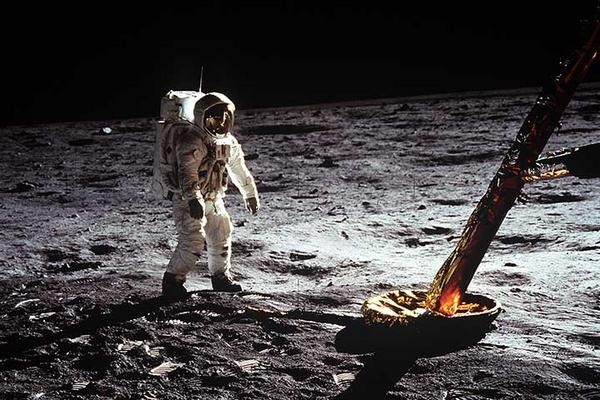In this new milestone study, scientists have determined that astronauts, more specifically the Apollo crew, are five times more prone to die from heart failure or cardiac arrest due to prolonged exposure to radiation in space.
According to Michael Delp from the Florida State University, this new study investigates the deaths of astronauts who were also part of the space program that ended in 1972. New findings reveal how 43 percent of these astronauts died from cardiovascular related diseases which is about four to five times higher risk compared to astronauts who never spent time in space from those who spent time in lower Earth orbit.
Delp is now suggesting that this study provides crucial insight about how spaceflight can affect the human body after numerous new research by NASA and other space agencies that have been investigating the effects of long duration spaceflights, which will also become crucial for the upcoming first manned mission to Mars by the 2030s.
Delp explains how scientists are only beginning to find out the harmful and dangerous effects of space radiation on human health, that especially targets the cardiovascular system.
There were 11 manned spaceflights that were launched during the Apollo program where nine of them went beyond lower Earth orbit. Astronauts are also known to be in prime physical conditions than regular people and also have access to better medical care and support.
Delp's team then collected data and observations of these affected astronauts, and compared them to those who went beyond the orbit of Earth and discovered a significant and massive increase chance of dying from cardiovascular related diseases.
During a mice study, Delp and his team were able to compare radiation exposure similar to what human astronauts have experienced during their spaceflights. Within six months, which is also equal to 20 mice years, the mice showed signs of clogged or damaged arteries. For humans on the other hand, the effect of this space radiation is heart disease.
More specifically, Delp describes this as long term dysfunction of the vascular endothelium that has been triggered by charged high atomic number and energy particles, which has been a major contributor in developing atherosclerotic cardiovascular disease in astronauts.
This new study is published in the journal, Nature Scientific Reports.



























